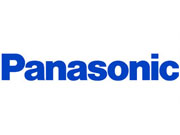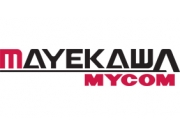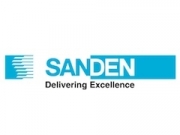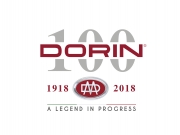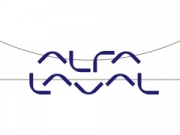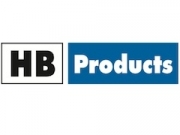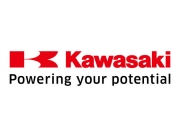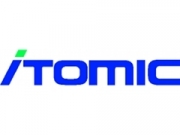Events
 |
Masafumi Oki - New policy measures for reducing f-gas emissions in Japan
PDF document
published on 4 February 2014
Masafumi Oki, Director of the Fluoride Gases Management Office at the Japanese Ministry of Economy, Trade and Industry (METI), spoke about the changing Japanese regulatory environment governing fluorinated green house gas emissions. The presentation focused on the revision process of Japan’s fluorocarbon regulations, which will include requirements for manufacturers and importers to conduct a phase-down of HFCs.
view presentation
 |
Kenji Matsuda - Industry co-operation on Natural Refrigerant technology development
PDF document
published on 4 February 2014
Kenji Matsuda from the Japan Refrigeration and Air Conditioning Industry Association (JRAIA) assessed the industry's role in the development of natural refrigerant technology. Japanese AC units represent roughly 30% of the global market with the seasonal power consumption steadily decreasing over the years. According to Mr. Matsuda, it is therefore crucial to carefully evaluate the necessary safety measures that need to be considered for alternative refrigerants.
view presentation
 |
Shinji Kakuno - NEDO's efforts in research and development of low GWP alternative technology
PDF document
published on 4 February 2014
Deputy Director General of the Environment Department of the new Energy and Industrial Technology Development Organization (NEDO) provided an in-depth overview of NEDO's efforts in research and development of low GWP alternative technology. So far NEDO has been involved in the development of refrigeration and AC systems based on natural refrigerant technology for residential, commercial and industrial sectors. Since 2011 the organisation has been actively involved in R&D in conjunction with partners in order to develop CO2 industrial air-conditioners and CO2 freezer showcases in commercial applications.
view presentation
Technology case studies - Industrial & Other Applications |
 |
Hideyo Asano - Industrial refrigeration system NewTon using NH3/CO2 refrigerant
PDF document
published on 4 February 2014
Mayekawa’s Hideyo Asano presented the NewTon NH3/CO2 industrial refrigeration system, with ammonia as the primary refrigerant and CO2 as the secondary refrigerant. Given that most of the cold store cooling systems in Japan are two decades old and need to be replaced, the NewTon provides end-users with an environmentally friendly and energy efficient solution.
view presentation
 |
Hajime Yabase - Solar air-conditioning system using single-double effect combined absorption chiller
PDF document
published on 4 February 2014
Hajime Yabase, Senior Staff Officer at Kawasaki Thermal Engineering, presented the companies solar air-conditioning system using a double effect combined absorption chiller. Air-conditioning accounts for 43% of total energy use in buildings in Japan; therefore, AC systems must have a higher energy efficiency.
view presentation
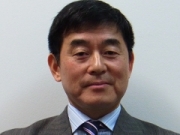 |
Youichi Sato - NH3/CO2 cascade system - successful case in China
PDF document
published on 4 February 2014
On behalf of Danfoss, Youichi Saito from Saginomiya presented an overview of the Danfoss case studies featuring NH3/CO2 systems and their components developed for natural refrigerants. According to the presentation, ammonia still ranks number one as the refrigerant of choice in medium and large sized industrial refrigeration plants; however, there is an increased focus on NH3/CO2 secondary and cascade systems in Japan, North America and Europe. In Japan CO2 is starting to make significant inroads as a secondary refrigerant in industrial refrigeration systems in cold storage and food processing facilities.
view presentation
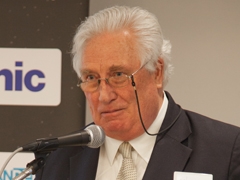 |
Klaas Visser - Replacing an air cooled R22 system with an evaporative condenser cooled ammonia system
PDF document
published on 4 February 2014
Klass Visser of KAV Consulting, based in Australia, was asked to provide a solution to double the cooling capacity of a refrigerated fruit warehouse, used to store and cold sterilise products at 1°C to prevent fruit flies. The required refrigeration capacity increase was 110-190 kW depending on the fruit’s temperature. The maximum power supply capacity increase allowed was 9.5%. The solution Visser developed was to replace the original R22 system with an ammonia-glycol refrigeration system, doubling the cooling capacity whilst not increasing the energy consumption.
view presentation
End user panel |
 |
Nina Masson - Market trend update on industrial and light commercial applications
PDF document
published on 4 February 2014
Nina Masson, Head of Market Research at shecco, spoke about some of shecco's latest publications, including the GUIDE North America 2013 and the GUIDE Europe 2014, which provide an overview and analysis of natural refrigerant trends in different geographical locations. She highlighted that the upcoming HCFC phase-out has encouraged the uptake of more sustainable refrigerants, including natural refrigerants. Currently, there are at least 2.7 million HFC free units for light-commercial refrigeration in operation worldwide. In Europe, over 480,000 hydrocarbon plug-in units were in use at the end of 2013. Masson also touched on the use of hydrocarbon and CO2 bottle coolers in North America and future outlooks for their expansion.
view presentation
